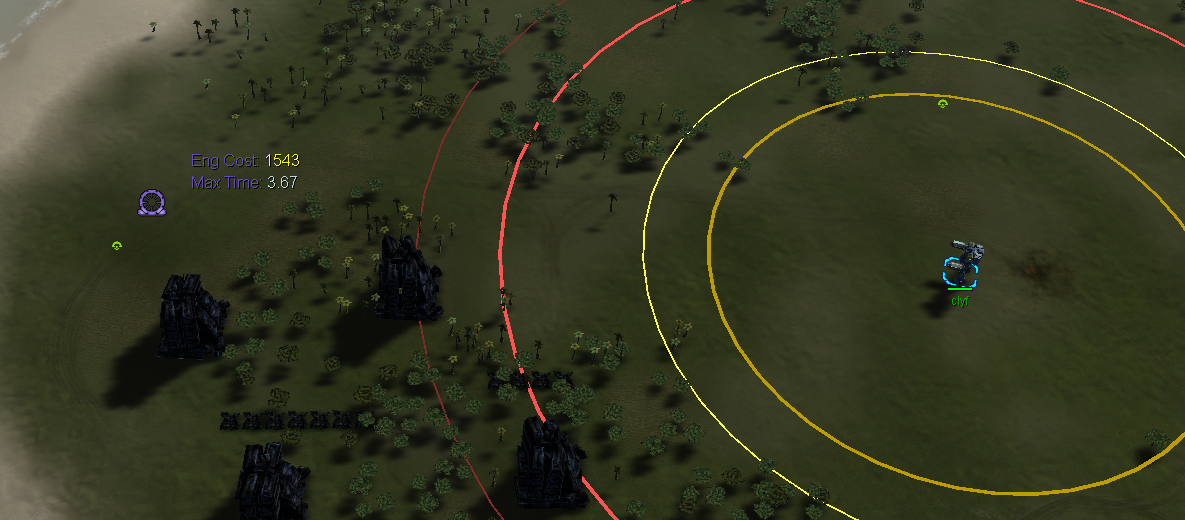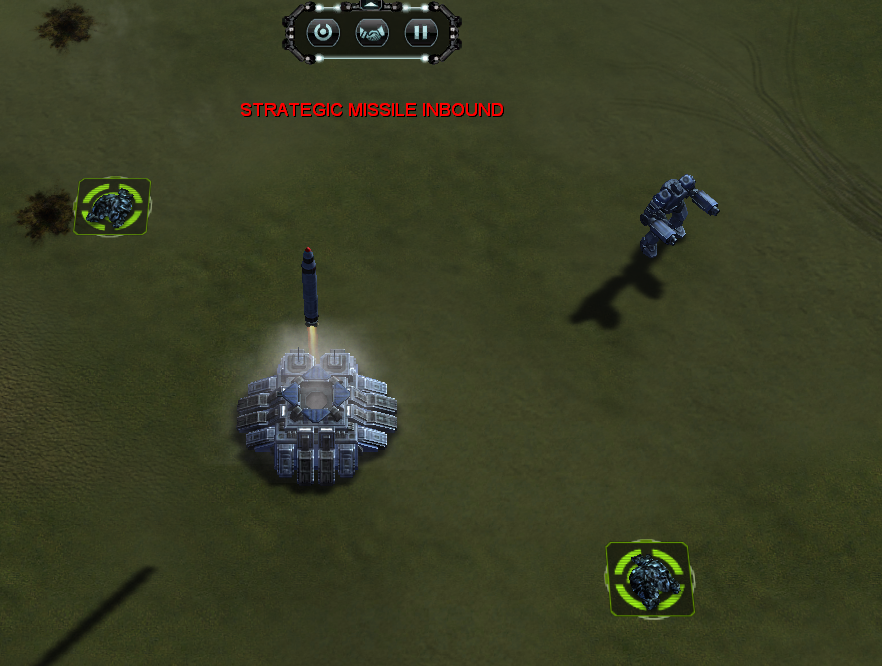You'll be fine. First, a little background.
1. A Little Background
Everything bolded is basic control theory terminology.
Think of the controller as a little computer, within which the distance between the current location of the aircraft and the target or desired location is referred to as error. For each term (P, I, or D) in a controller--be it a proportional (P), proportional-derivative (PD), or proportional-derivative-integral (PID) controller--the error, integral of the error, or derivative of the error is multiplied by a gain constant. The sum of the product of each of those modifications is then given as the output of the controller, translating into the force we want the thrusters of the aircraft to apply[0]. In a discrete system (like we have in a video game with sim beats, instead of the real world which is effectively continuous), that thrust is applied over the time of simulation step, or time step[1] (0.1 seconds, in our case), accelerating the aircraft on the desired trajectory towards the target location.
[0] This max force/thrust is capped at the maximum force that can be applied by the motor or thruster (think of a small electric motor--you can ask for a lot, but it will only give you as much as it will give, or light on fire, potentially). Max thrust may be a blueprint value, I don't have it in front of me. If it is, increasing maximum thrust will raise the ceiling of system performance.
[1] This may not be completely accurate in regards to the precise internals of the sim, but it's close enough for our purposes.
2. A Quick Calculus Refresher:
i. The derivative of the error is the rate of change of the error. This will be negative if we're moving towards our desired location (the error is becoming smaller and smaller with each sim step--the greater the rate it's becoming smaller, the greater the force it will ask for in the opposite direction) and positive if we're moving away from it, so increasing the derivative gain constant will reduce our tendency to overshoot the target while increasing the total time, or rise time, it takes us to reach the target (or reach the target for the first time, if we're oscillating around it).
ii. The integral of the error is the sum of all errors in each beat, from the start of the system to the present moment. If we're sitting across the room from each other not moving, the integral of the error between us will increase continuously (in a continuous system) by that amount each second, or by error*delta_t each sim beat, where delta_t is (again, in the case of FAF) 0.1 seconds. Introducing an integral term into the controller (which, as long as the aircraft has not reached its target, will ask for continuously more force from the motor or thruster) will compensate for steady-state error, or error introduced by steady state forces like gravity (in the case of an aircraft trying to maintain a given altitude). We're in a made up video game world, so we generally don't have to worry about steady state error. For this reason an integral term is not included in the controller in question (no "KLiftIntegral"), and we'll pay it no further heed.
3. What You Came For, Or the Brass Tacks
Adjusting the gain constants of a controller to produce the desired behavior is known as tuning the controller. There are analytical methods for tuning a system; they require knowledge of its internals (mass of the aircraft, drag, max thrust, etc.) and a certain baseline theoretical background. Given that calculus was the end of the line a long time ago, you're going to be tuning by hand (read as: trial and error). A basic tuning by hand heuristic is:
First the integral and derivative gains are set to zero. Increase the proportional gain until you observe oscillation in the output. Your proportional gain should then be set to roughly half this value. After the proportional gain is set, increase the integral gain until any offset is corrected for on a time scale appropriate for your system. If you increase this gain too much, you will observe significant overshoot of the SP value and instability in the circuit. Once the integral gain is set, the derivative gain can then be increased. Derivative gain will reduce overshoot and damp the system quickly to the SP value. If you increase the derivative gain too much, you will see large overshoot (due to the circuit being too slow to respond). By playing with the gain settings, you can maximize the performance of your PID circuit, resulting in a circuit that quickly responds to changes in the system and effectively damps out oscillation about the SP value.
(SP refers to set point--target position, in your case. Remember, you can ignore the parts that mention an integral.)
Increasing bp.maxThrust[3] or decreasing bp.aircraftMass (which are proportional in their effect on the system as seen in Force = Mass * Acceleration, if they exist) will generally increase the possible performance of the system (read as: shorten the time it takes for the transport to settle on the desired location). Note that modifying either of those parameters will require retuning the gain constants.
[3] Assuming there's a bp.maxSpeed, you should be able to do this without throwing transport speed balance out of whack.
*EDIT:
Looking at the base air unit blueprint, there does not appear to be a MaxThrust (but there is a MaxAirspeed). I suspect increasing the gain constants will change flight characteristics without bound, as you discovered when you sent the little guy flying off the map.
You could look into dynamically adjusting the flight parameters via script when moving to pickup or dropoff to get the behavior you want. It's an intriguing enough idea that I might look into it myself if I get a minute.



 )
)